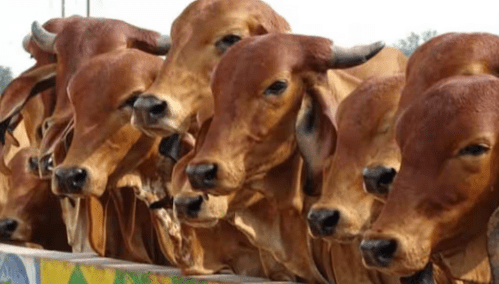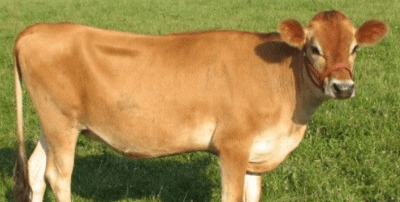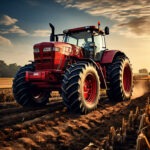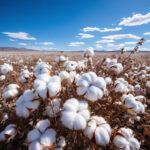Farmers and cattle herders rear many types of milch animals to increase their income. If seen, animal husbandry is the best business in today’s time. But it has often been seen that due to lack of proper information about cows, cattle farmers have to face many problems. In such a situation, today we have brought some important information related to Desi and Jersey cows for the farmers and cattle rearers. So that one can rear the right cow as per his need.
Desi Cow
Desi cow is called the Indian cow. These are Bos Indicus category cows. They are identified by long horns and big humps. This cow is developed by nature. Many breeds of indigenous cows are found in North India. Desi cows live in hot temperatures. The milk capacity of this cow is very good.
Jersey Cow
Jersey Cow comes under the category of Bosch Terrace. Jersey cows give more milk than desi cows. These cows do not have long horns and big humps. Cow is exported the highest in India. Jersey cows live in cold climates.
Difference Between Desi And Jersey Cow
In India, Desi cow has got the status of mother, whereas in Britain, Jersey cow has got a prominent place.
Desi cow comes in the Bosch Indicus category and Jersey cow comes in the Bosch Taurus category.
The development of desi cow depends on nature. The development of Desi cow depends on the climatic conditions, availability of fodder, working methods etc., whereas the development of Jersey cow depends on the cold temperature.

Img Src:-Krishijagaran.com
The horns of the Desi cow are long and have big humps, whereas this is not the case in the Jersey cow.
Desi cows are smaller in stature than Jersey cows.
Desi cows give about 3 to 4 liters of milk, while Jersey cows give about 12 to 14 liters of milk.
Generally, desi cows take 30 to 36 months to have a child, but Jersey cows take 18 to 24 months.
A desi cow can give birth to 10 to 12 calves in its lifetime. At the same time, Jersey cow is not able to give birth to many calves, hence the quantity of milk of Desi cow is more.

Conclusion
In conclusion, understanding the differences between Desi and Jersey cows is crucial for cattle farmers and rearers. While Desi cows are known for their adaptation to hot climates and good milk capacity, Jersey cows excel in cold climates and produce higher quantities of milk. Selecting the right breed based on specific needs and environmental conditions is essential for successful animal husbandry.
Click Here For More Livestock Related Information
FAQs
- Which cow is more suitable for dairy farming, Desi or Jersey?
- Both Desi and Jersey cows have their advantages. Desi cows are well-suited for hot climates and have good milk capacity, while Jersey cows are more productive in colder climates.
- Are there any specific health considerations for Desi and Jersey cows?
- Yes, both breeds may have different health considerations due to their physical characteristics and environmental adaptations. Regular veterinary check-ups and proper care are essential for both.
- Can Desi and Jersey cows be crossbred for better results?
- Yes, crossbreeding Desi and Jersey cows can sometimes result in hybrid vigor, leading to better milk production and adaptability to varying climates. However, it’s essential to consult with experts before attempting crossbreeding.
- What are the economic considerations when choosing between Desi and Jersey cows?
- Economic factors such as initial investment, maintenance costs, milk production, and market demand should be considered when choosing between Desi and Jersey cows.
- How can farmers ensure the welfare of Desi and Jersey cows?
- Providing proper shelter, nutritious feed, regular veterinary care, and a suitable environment are key factors in ensuring the welfare of both Desi and Jersey cows.










